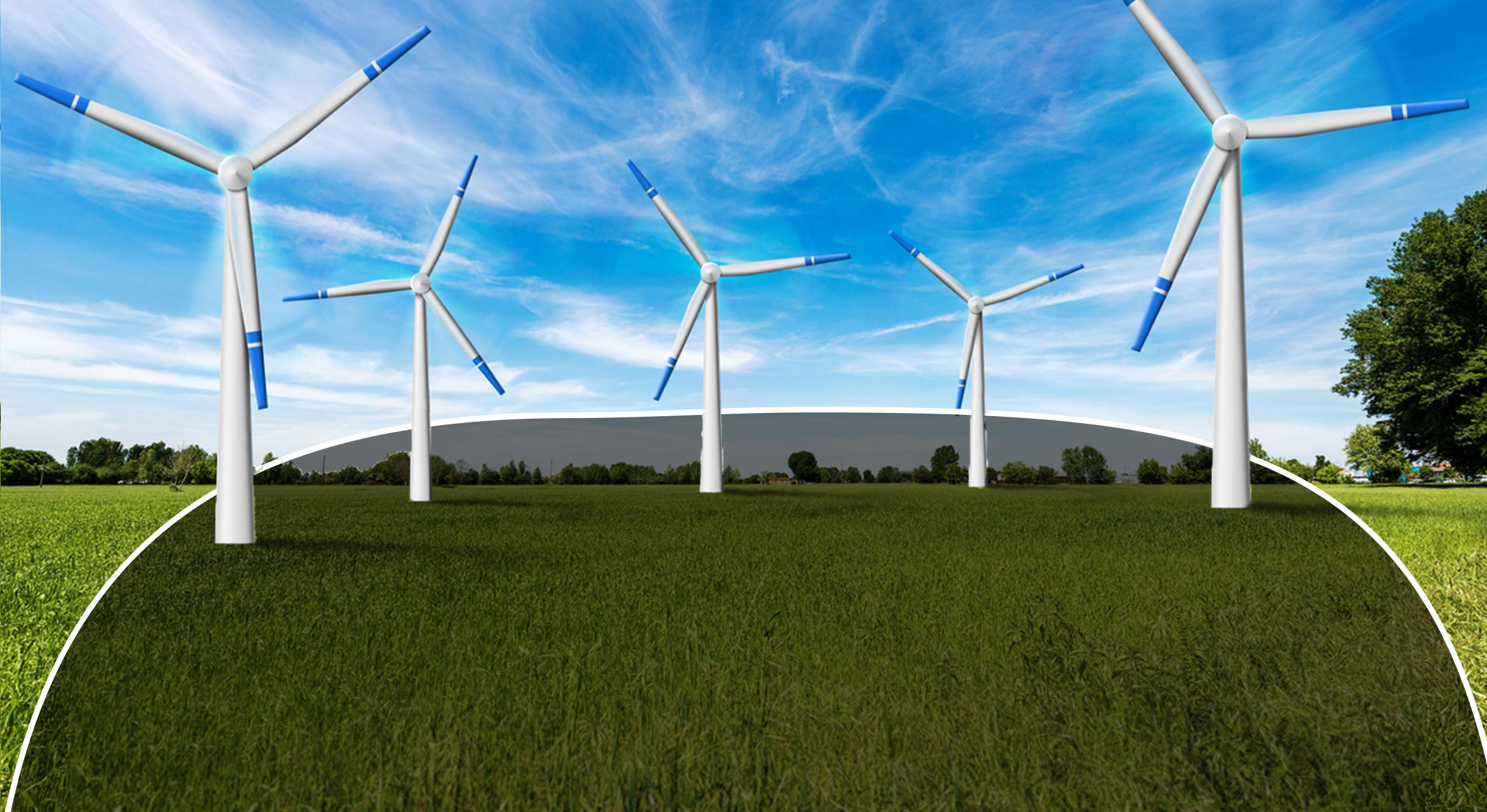
Wind Energy Pros and Cons
We are reader-supported. When you buy through links on our site, we may earn affiliate commission.
Eco-consciousness is sweeping throughout the nation, increasing the demand for emission-less energy sources. President Biden raised the need for a reliable, renewable power system when establishing the national carbon-neutrality goal. Creating enough clean energy to support country-wide energy demands requires mass production systems.
America began investing in wind farms and off-shore production to support pollution reduction efforts. As we continuously expand our wind power supply, we can decrease our reliance on fossil fuels. Before exploring the wind energy pros and cons, we must examine the demand for renewables.
Reducing Atmospheric Pollution
Society must transition its energy reliance away from natural gas and other fossil fuels to achieve the national carbon-neutrality goal. The elements create greenhouse gas emissions during combustion, altering Earth’s ability to maintain life-sufficient surface temperatures. Traditionally, the atmosphere processes solar radiation, making just enough heat to support the global ecosystem.
Naturally, Earth absorbs sunlight, creates heat, warms its surface, gathers excess energy and emits it into space. When air pollutants invade the atmosphere, they alter its composition and ability to regulate the global temperature. Emissions produce heat from sunlight at a higher efficiency rate than conventional elements.
They also trap and reprocess excess energy instead of emitting it back to space. Emissions’ overproduction and entrapment of heat raise Earth’s temperature over time. Wind energy produces zero combustion emissions, increasing society’s access to sustainable electricity.
Minimizing atmospheric pollution can prevent a plethora of adverse environmental effects. When we utilize emission-less energy sources, we prevent water scarcity, increase the global agricultural production rate, reduce the frequency of wildfires and more.
Increasing on and off-shore wind production also supports Biden’s Build Back Better plan. The industry’s expansion will help green employment opportunities, improving job security. It also creates various environmental and human health benefits, increasing its potential as a climate change prevention tool.
Key Benefits of Wind Energy
The most notable benefit of wind energy is its sustainability levels. Turbines rely on wind, a non-depletable resource, to generate electricity. Wind is a type of solar energy because it derives from atmospheric patterns caused by the sun.
If the sun is shining, the wind supply will remain plentiful and reliable. The inexhaustible energy source is expanding in America and is the country’s largest renewable power source to date. Unlike solar panels, turbines are easy to install and use vertical space, lessening their land-use requirements.
Individuals can also use turbines as a passive form of income. U.S. farmers are installing wind turbines to sell renewable energy to the local power grid. They use their excess funds to support increasing utility costs, remaining competitive against commercial farms.
Additionally, wind energy supports local air quality levels, reducing adverse health effects. In high-emission regions, individuals inhale air pollutants and experience an increased risk of lung cancer, asthma, infections and other respiratory complications. Using wind energy to transition away from fossil fuel uses can effectively protect society and the environment.
Key Disadvantages of Wind Energy
Though the media highlights modern renewable energy technology as a complete climate change prevention method, it also has downfalls. Conventional turbines pose harmful impacts on winged species. Birds and bats especially suffer from turbines near their habitats or in their migration path.
Winged species commonly mistake reflective turbines for water sources, approaching them at full speed. Many also misidentify turbines as trees for roosting and collide with the rotating blades. The noise pollution produced by wind technology also interferes with biodiversity.
Wind farms are noisy and hinder species’ abilities to migrate. Many birds avoid areas with high noise pollution rates, forcing them off their traditional route, limiting their access to shelter and abundant food sources. Land species become disoriented in noisy regions, limiting their ability to source food and connect with their packs.
Another disadvantage of wind power is its reliance on inconsistent weather patterns. Though wind is abundant in some regions, professionals can only place so many turbines in one place. Many areas in the country experience wind seasonally, minimizing their compatibility with the renewable energy source.
Though wind energy’s downfalls may keep some individuals from adopting the technology, researchers are finding ways to expand the advantages. Environmental engineers and scientists examined the challenges with conventional turbines and developed enhancement features to reduce the disadvantages.
Technological Advancement Reducing Disadvantages
One team of renewable energy professionals created a wind energy production device without a tower. They use unmanned aerial vehicles (UAVs) connected to a thin cable, creating their own wind energy, reducing their reliance on inconsistent weather patterns. The technology also limits a winged animal’s collision with turbine towers.
Other specialists developed bladeless turbines which vibrate side-to-side instead of rotating. The technology also reduces animals’ collisions with turbine blades. As wind energy systems advance, we can expect more of our national energy supply to derive from on and off-shore structures.
Supporting Sustainable Change
Individuals can support the transition away from fossil-fuel-derived energy towards renewable power by adopting electric devices. Soon, gas-powered vehicles and home appliances will be a thing of the past. You may prepare for a future of emission-less energy sourcing by trading your old technology in for sustainable systems.
Share on
Like what you read? Join other Environment.co readers!
Get the latest updates on our planet by subscribing to the Environment.co newsletter!
About the author
Jane Marsh
Starting from an early age, Jane Marsh loved all animals and became a budding environmentalist. Now, Jane works as the Editor-in-Chief of Environment.co where she covers topics related to climate policy, renewable energy, the food industry, and more.





